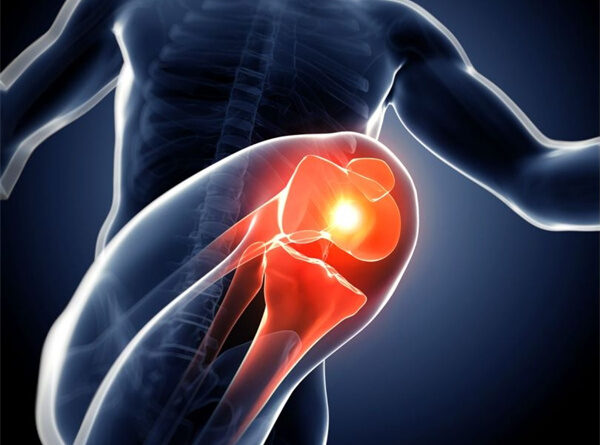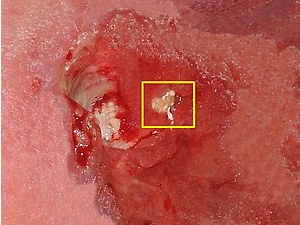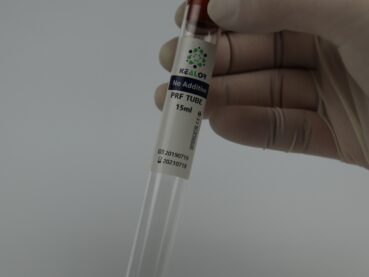Comparisons of Cytokines, Growth Factors and Clinical Efficacy between Platelet-Rich Plasma and Autologous Conditioned Serum for Knee Osteoarthritis Management
Knee osteoarthritis is a common condition that affects millions of people worldwide. It is characterized by the degradation of cartilage, leading to pain, stiffness, and reduced joint function. While several treatment options are available, platelet-rich plasma (PRP) and autologous conditioned serum (ACS) have been gaining popularity in recent years.
PRP and ACS are both derived from the patient’s own blood and contain a high concentration of growth factors and cytokines that are believed to aid in tissue repair and regeneration. However, there are some key differences between these two treatments that may impact their effectiveness.
PRP is prepared by centrifuging the patient’s blood to concentrate the platelets and growth factors. The resulting solution is then injected directly into the affected joint. ACS, on the other hand, is prepared by incubating the patient’s blood with glass beads to activate the platelets and growth factors. The resulting solution is then centrifuged to remove any red blood cells before being injected into the joint.
Several studies have compared the efficacy of PRP and ACS for knee osteoarthritis management. One study published in the American Journal of Sports Medicine found that both treatments led to significant improvements in pain, function, and quality of life. However, the authors noted that PRP was associated with a greater reduction in pain and a higher concentration of growth factors.
Another study published in the Journal of Orthopaedic Research compared the cytokine and growth factor concentrations in PRP and ACS. The researchers found that PRP contained significantly higher levels of platelet-derived growth factor, vascular endothelial growth factor, and transforming growth factor-beta. However, ACS contained higher levels of interleukin-1 receptor antagonist, which has been shown to have anti-inflammatory effects.
In terms of clinical efficacy, another study published in the Journal of Sports Medicine and Physical Fitness found that a single injection of PRP led to greater improvements in pain and function compared to ACS. However, the authors noted that further studies with larger sample sizes and longer follow-up periods are needed to confirm these findings.
In summary, both PRP and ACS have shown promise in the management of knee osteoarthritis. While PRP appears to be associated with a higher concentration of growth factors, ACS may have anti-inflammatory effects due to its higher levels of interleukin-1 receptor antagonist. Further research is needed to determine the optimal treatment protocol for each patient and to evaluate their long-term efficacy.、








